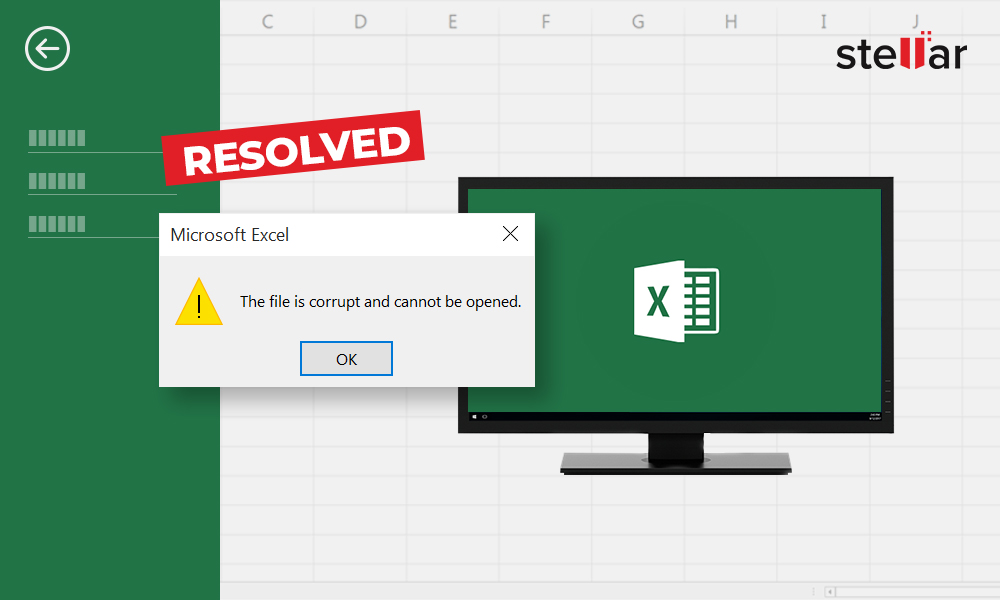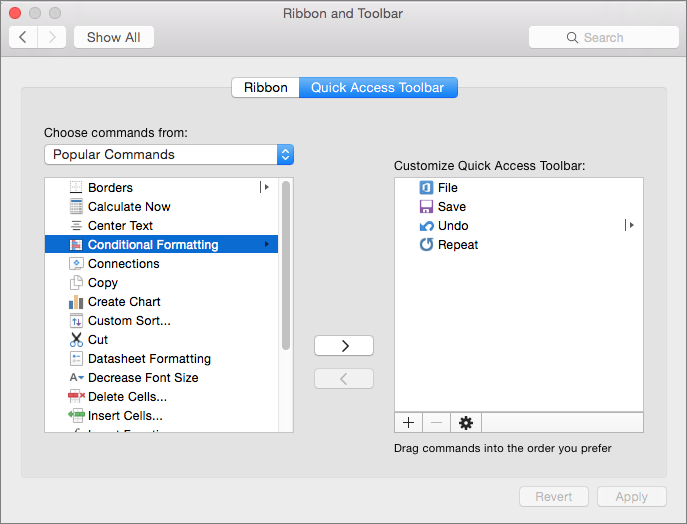
Note: If you want to restore the original default workbook template and worksheet template of Microsoft Excel, just open the folder with the following path, and then delete the workbooks of Book and Sheet. Step 5: Restart Microsoft Excel, and then all new worksheets apply the format of default Worksheet template automatically. (3) Remove the saving path in the Address box, and then paste the following path into the Address box and press the Enter key.Ĭ:\Documents and Settings\%username%\Application Data\Microsoft\Excel\XLSTART (2) Click the Save as type box and specify the Excel Template (*.xltx) from the drop down list (1) Name the new template as Sheet in the File name box Step 4: In the coming Save As dialog box: Step 3: Click the File > Save > Computer > Browse in Excel 2013, or click the File / Office button > Save in Excel 20. Step 2: Remove all worksheets in this workbook, except the worksheet you formatted. Step 1: Create a new workbook, and format one worksheet as you need. Save the template.Although you change the default workbook template, you have to change the default Excel’s worksheet template in order that new worksheet will apply the specified formats or styles. Set the File Format field to Excel Macro-Enabled Template (.xltm).

Note the path and go back to File > Save As. If you have trouble finding this you can exit out of the Save As and go to File > Save as Template and it will navigate you to the correct Library area where you can then find the Startup > Excel folder. For me this was a Users > username > Library > Group Containers > UBF8T346G9.Office > User Content > Startup > Excel. Navigate to your Excel startup directory. I'm not sure if this is necessary or not, but I did it based on some other documentation I found.Ĭlick File > Save As. In my case I simply changed the zoom to 150%. Make the adjustments you need to make to the template. Open a new Excel document or existing template. I finally found the solution in this support article from Microsoft under the "Use a custom template for all new workbooks" section: I was struggling with this for Microsoft Excel for Mac (Office 365, Version 16.38, around May 2020). You should now find the default workbook has all the customisations you made at Steps 6 & 7. xltx extension at the end of the file name, then manually remove the. ( Note: when saving the file, if Excel has placed the.

You can create this folder anywhere, but I prefer doing it within the Documents folder.

I've also seen a number of different ways people have used to achieve a totally customised default workbook.
#Excel 2016 for mac opens workbook how to
There is a lot of confusion around how to do this, not just because it's changed from Excel 2011 to Excel 2016, but also because the process has even changed during Excel 2016's lifecycle.


 0 kommentar(er)
0 kommentar(er)
